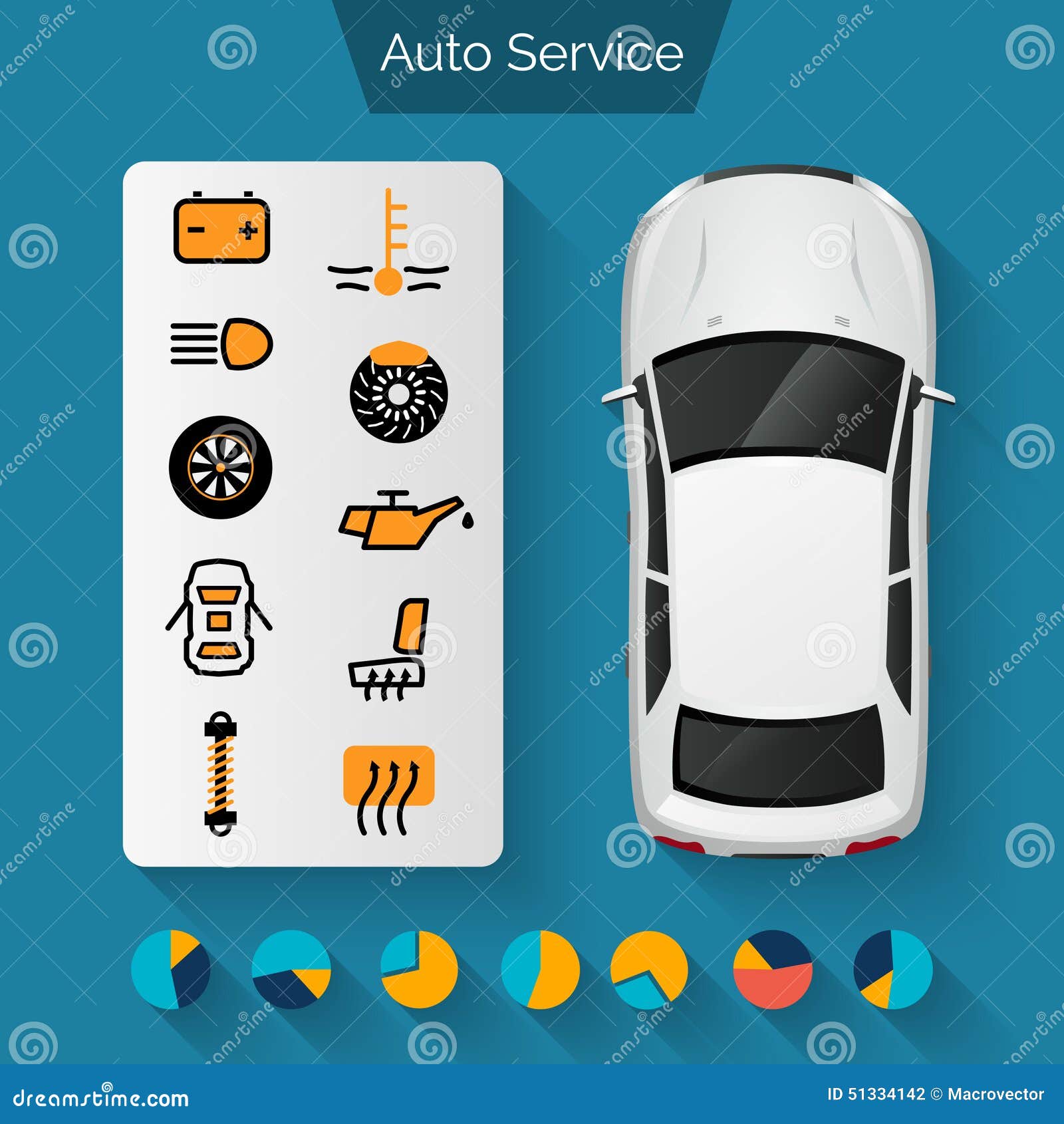Analyzing Your Automobile'S Caution Indicators: What They Actually Convey
Analyzing Your Automobile'S Caution Indicators: What They Actually Convey
Blog Article
Written By-Hartley Gilbert
When you're behind the wheel, those glowing warning lights on your dashboard can be a bit puzzling. Do you know what they're trying to tell you regarding your vehicle's health and wellness? Comprehending the value of these lights is essential for your safety and security and the durability of your automobile. So, the next time among those lights appears, wouldn't you intend to decode its message accurately and take the needed actions to address it?
Common Warning Lighting and Interpretations
Identify typical caution lights in your vehicle and comprehend their definitions to make certain safe driving.
The most common caution lights consist of the check engine light, which signals concerns with the engine or emissions system. If this light begins, it's crucial to have your lorry inspected promptly.
The oil pressure advising light indicates reduced oil stress, needing prompt focus to avoid engine damage.
A blinking battery light may suggest a defective billing system, possibly leaving you stranded otherwise dealt with.
The tire stress surveillance system (TPMS) light notifies you to low tire stress, influencing lorry security and fuel performance. Disregarding motorhome detailers might result in dangerous driving conditions.
The abdominal muscle light indicates an issue with the anti-lock stopping system, jeopardizing your capability to stop quickly in emergencies.
Last but not least, the coolant temperature alerting light warns of engine overheating, which can lead to serious damage if not dealt with quickly.
Recognizing these common warning lights will certainly assist you resolve concerns promptly and preserve safe driving conditions.
Value of Prompt Interest
Comprehending the typical caution lights in your cars and truck is just the very first step; the importance of quickly dealing with these warnings can not be highlighted sufficient to guarantee your safety when traveling.
When a warning light illuminates on your control panel, it's your automobile's method of connecting a possible concern that requires attention. Neglecting these warnings can lead to much more extreme problems down the road, jeopardizing your security and possibly costing you much more out of commission.
Prompt interest to advising lights can stop malfunctions and accidents. As an example, a blinking check engine light can indicate a misfire that, if left neglected, might trigger damage to the catalytic converter. Addressing this without delay can save you from a pricey repair work.
In a similar way, a brake system warning light may indicate reduced brake fluid or worn brake pads, vital components for your safety and security when driving.
Do It Yourself Troubleshooting Tips
If you notice a warning light on your dashboard, there are a couple of DIY troubleshooting ideas you can attempt prior to looking for professional assistance.
The initial step is to consult your automobile's guidebook to understand what the specific caution light shows. Sometimes the problem can be as straightforward as a loose gas cap triggering the check engine light. Tightening the gas cap might settle the trouble.
One more usual concern is a reduced battery, which can activate numerous advising lights. Examining the battery connections for corrosion and guaranteeing they're secure could fix the issue.
If a caution light persists, you can attempt resetting it by detaching the cars and truck's battery for a couple of mins and then reconnecting it. In carcleaningnz , checking your lorry's fluid degrees, such as oil, coolant, and brake fluid, can aid fix alerting lights associated with these systems.
Final thought
In conclusion, recognizing your auto's caution lights is crucial for keeping your automobile running smoothly and securely. By quickly attending to these informs and recognizing what they indicate, you can stay clear of expensive repair services and potential failures.
Keep in mind to consult your automobile's handbook for particular information on each cautioning light and do something about it appropriately to make sure a hassle-free driving experience.
Keep educated, remain risk-free when driving!
